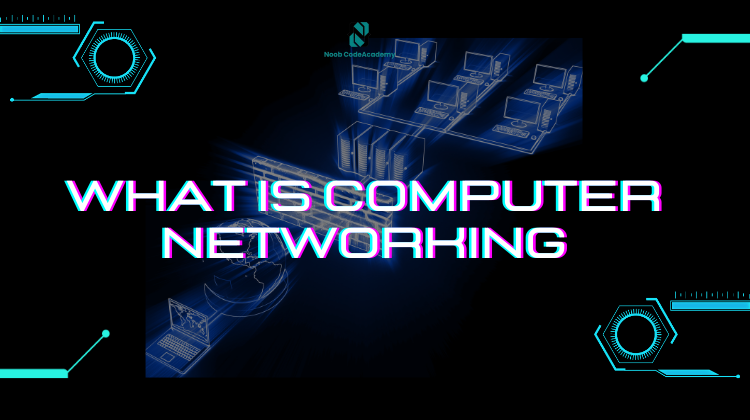
What is Computer Networking ?
Computer networking is the practice of connecting different computers and devices so they can share information and resources. Imagine your computer, smartphone, tablet, and other devices talking to each other, sharing files, using the same printer, or accessing the internet from one source. That's what a computer network does.
Types of Networks
There are several types of networks, each serving different purposes:
-
Local Area Network (LAN):
- Definition: A network that connects devices in a small area like a home, office, or school.
- Example: Your home Wi-Fi network connecting your laptop, smartphone, and smart TV.
-
Wide Area Network (WAN):
- Definition: A network that spans a large area, like a city, country, or even the whole world.
- Example: The internet is the biggest example of a WAN.
-
Metropolitan Area Network (MAN):
- Definition: A network that covers a larger area than a LAN but smaller than a WAN, such as a city or a large university campus.
- Example: A city's public Wi-Fi network.
-
Personal Area Network (PAN):
- Definition: A small network for personal devices, usually within a few meters.
- Example: Bluetooth connections between your phone and wireless earbuds.
-
Virtual Private Network (VPN):
- Definition: A secure network connection over the internet that allows you to access a private network remotely.
- Example: Using a VPN to securely connect to your company's network while working from home.
Key Components of a Network
Networks need certain devices to work:
- Routers: Direct data traffic between different networks.
- Switches: Connect multiple devices within a single network.
- Modems: Connect your home network to the internet.
- Access Points: Allow wireless devices to connect to a wired network.
- Firewalls: Protect the network by controlling incoming and outgoing traffic based on security rules.
How Computer Networks Work
Networks use special rules, called protocols, to communicate. Some important ones include:
- TCP/IP: The main protocol for sending data over the internet.
- HTTP/HTTPS: Used for viewing web pages, with HTTPS being secure.
- SMTP: Used for sending emails.
- FTP: Used for transferring files between computers.
Benefits of Computer Networking
Computer networks offer many advantages:
- Resource Sharing: Share files, printers, and internet connections easily.
- Communication: Send emails, chat, and video call effortlessly.
- Data Management: Store and access data centrally and securely.
- Scalability: Add more devices to the network as needed.
- Collaboration: Work together on projects in real-time from different locations.












